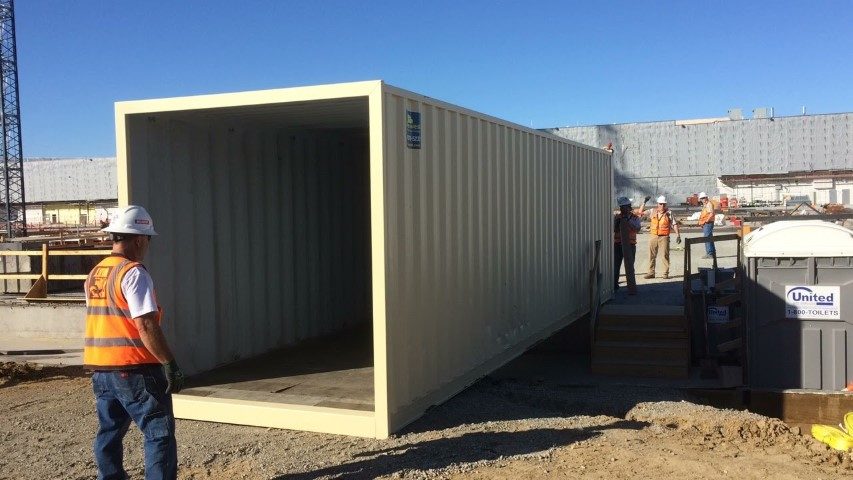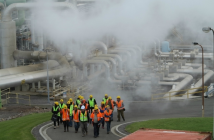WorkSafe has released a draft fact sheet on the safe use of containers at worksites and is looking for feedback

Containers are often used at worksites as temporary structures for things like additional storage, site offices, and containment areas, WorkSafe says.
Where they are placed, and how they are used, can create risks for workers and worksite activities.
This fact sheet is for persons conducting a business or undertaking (PCBUs) who may have containers in use at worksites they control. It gives advice on how to make sure containers do not create risks to workers and worksite activities.
Containers are also sometimes known as ISO, intermodal, cargo, or shipping containers. This fact sheet is not intended to cover the use of containers during shipping, logistics and port operations.
This fact sheet applies to any worksite that may be using containers as a temporary structure.
Examples:
• Construction sites
• Forestry sites
• Farms
• Trucking/transport yards
• Waste transfer stations
• Timber yards
• Storage for tools, materials or chemicals
• Site offices
• Staff rooms
• Overflow/seasonal goods storage
• Spray booths
• Sheltered walkways
Risks and possible control measures while using containers at worksites
- Worksite traffic
- Position the container away from where vehicles or plant are operating.
- Allow enough space for workers to enter and exit safely and not directly into high traffic areas.
- Check the container is not affecting the visibility of drivers/operators of vehicles, plant or pedestrians. Avoid creating blind spots.
- Position the container where there is good lighting – especially if the container is to be accessed at night.
- Ground stability and weather conditions
- Place the container on flat ground – this will prevent the container from warping which can make closing the doors difficult.
- Place the container on stable ground with good drainage so the container does not sink or cause water to accumulate around it. Assessing ground stability is especially important if you are planning to stack containers (see stacking containers below).
- Consider the prevailing wind/airflow and how this might affect activity surrounding the container. For example: windy locations may make it harder to control the doors. If being used for fumigation activities, avoid placing the container where ventilated fumes may drift into populated areas.
- Stacking containers
- Stacked containers can be at risk of falling. Before stacking containers at your worksite, get advice from a competent person (such as an engineer) on a safe location and height for stacking, and appropriate securing methods.
- Check that the proposed stack will be able to withstand predicted winds or other adverse weather events that may occur at your worksite.
- Check that if a container were to fall, it would not be able to fall onto people (workers or others) or fall outside the boundary of the worksite (not fall into neighbouring properties).
- Check with your local authority for any required consents before stacking containers at your worksite.
- Other considerations
- Check for any residual contamination from current or previous use of the container. It may need professional decontamination before being used at your worksite.
- If used for storing chemicals or other hazardous materials, check requirements for storage and any required separation distances between other containers or buildings that may be occupied by people.
- If used as a sheltered walkway, make sure it is strong enough to withstand predicted loads or possible impacts.
- If being occupied by workers for extended periods, make sure there is effective ventilation, heating, and cooling.
Delivery and pick up of containers
- Before the arrival of a container, plan where it will go (considering the points mentioned in this fact sheet),
prepare the site, and make sure affected people are aware. - Set up an exclusion zone while delivery or pick up is underway. Keep anyone not directly involved in the
operation away from the area. - Check for overhead hazards such as powerlines or trees.
- Only use plant designed specifically for moving containers, for example side loader, truck mounted crane, or heavy forklift.
- Make sure plant is operated by a suitably trained, competent, and qualified person.
- Make sure the plant and all attachments are in good working order and have all required certifications for safe operation.
- Use a spotter if needed.
Engage with your workers
Ask your workers for their ideas and opinions before making decisions relating to their health and safety at work.
This includes managing the risks associated with using containers at worksites.
For example: they may have ideas for a suitable location based on how they typically move around the worksite.







